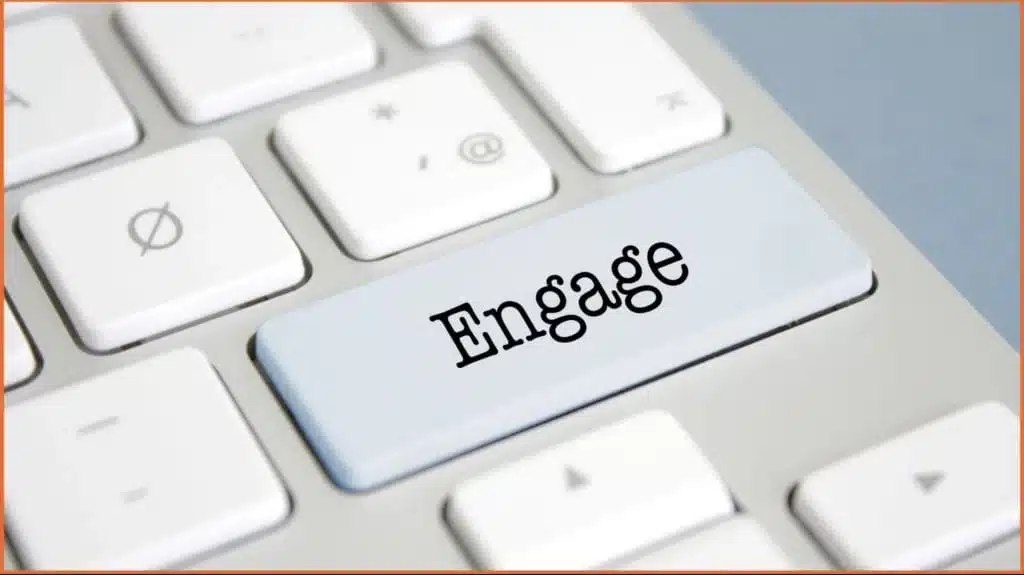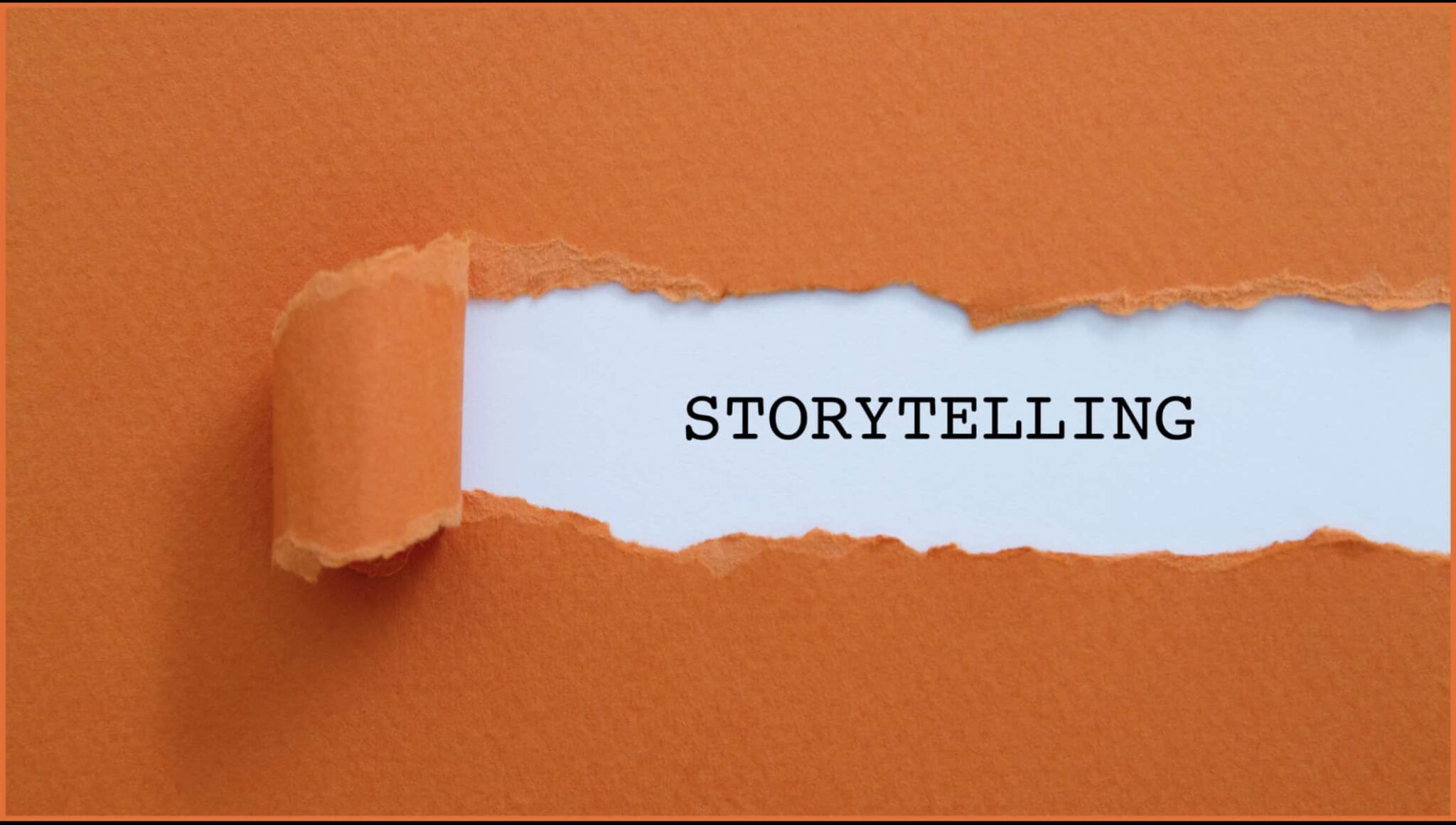“Hi there! We’re going on an adventure,
so get your backpacks ready and grab your car keys…”
And just like that, I have caught your attention. Now, before you decide to dismiss this as another clickbait article, let me remind you of the title of this blog. Storification, even though extensively used across industries, still remains a fairly new age concept. As a matter of fact, there’s just one organisation, based out of Finland, that uses this term to describe their content creation process.
Essentially, it is the process of applying storytelling to revamp your training content. And, today we will be looking at ways to effectively use storification in designing appealing training content.
Storification – Storytelling made digital
Table of Contents
Stories make a huge part of our belief system. There’s even a saying that goes –
”We are the stories we tell ourselves.”
The human brain cannot process too much information at one go. And even then, most of it fails to make a long lasting impression. And yet, most of us can remember stories decades after having heard them. Why is that? It is because stories trigger a different part of the brain – the frontal and parietal cortices. This is what leads to a deeper sense of emotional engagement with where the story is leading.
Consider this – when we were younger, the examination results and the exact percentage in each of the subject used to be so important. Back then you probably thought you were going to remember this for the rest of your life. Could you, though? You may remember the overall percentage, but what truly has stayed with you is the memory of how you felt. The joy, the euphoria, or may be the disappointment. Either way, it’s the things and events that elicit an emotional response that end up making the most impactful impression on our minds. Also, the only thing more impactful than listening to a story is being a part of it.
Now let’s consider this for a moment – what if you could engage a learner by making them the heroes of the story? That’s where the magic of storification comes in. But before we get into that, let’s quickly brush up our basics.
What is storification?
Storification, simply put, is about turning your learning content into a story. Stories are meant to appeal, inspire, arouse interest, and unravel something within us. It is the art of using a creative storyline to convert a learning module from a boring, technical task to an engaging learning experience.
Why should you use storification?

A question that we often get asked by L&D professionals, this one doesn’t have a single line answer. That’s because, beyond the aesthetic appeal of a story, storification also brings a host of other advantages to the table, including –
- Storification makes the content more relatable to the audience.
The context and audience for each learning program will be different. Stories can easily be customized to suit your audience profile. - Storification will make the make the content more palatable
Who doesn’t love a good story, especially when you are the hero of that story? - Storification heightens curiosity and curiosity leads to engagement
The ‘what happens next?’ phenomenon will keep the learner coming back voluntarily to the content. - Storification deepens understanding by allowing the learning designer to easily string the various learning objectives together.
- Storification leads to better retention
This probably should have been the first on the list. Stories, regardless of the medium of consumption, trigger the emotional part of the brain, known as the frontal lobe. And, this is where the cognitive functions such as memory, emotions, problem solving, and social interaction are formed. Thus, the lessons learnt will stay with the learner long after the course is over.
When should you use storification?
While there exists no hard and fast rule, in my opinion, the most effective use of a storification happens when
- The training content is meant to have an asynchronous design, and/or
- There is lot of information/ content, and/or
- You are trying to digitalise the training content, and/or
- When trying to make the training content scalable, so it can be used by anyone, anywhere.
How can you use storification in designing a learning course/ experience?

Storification has been frequently used in business and in advertisements. But, we still have a long way to go when it comes to the use of storification in designing a learning module. There isn’t a set formula that will make your course design a sure shot success. Mostly, it involves a lot of trial and error. That being said, here are a few pointers we keep in mind when incorporating storification to our learning content –
1. Begin with the objective in mind, not the story
A story is meant to be cohesive. So, keep the learning objective in mind and then design a fictional story around it that strings the entire learning objective.
2. Balance – Less is often more
With fictional storylines, it is very easy to get overly dramatic. This may dilute the learning objective. So, a perfect balance of content and drama is essential.
3. A clear structure
There should be a beginning, a middle and an end. The learner should not feel lost with where the story is going. Rather, the story should allow the learner make sense of the larger aspect – the learning objective.
4. Characters
Like any other story, storified content should have distinct characters that shape the story.
5. A hint of drama
Stories make a better impact when they are easy to interpret. Thus, a conversational flow allows for a higher level of engagement.
6. Fact and fiction
While the storyline can be fictional, the learning objectives should be factual. For example, if the objective is to convey and cascade the values of an organisation, the values itself can’t be fictional.
7. Blend It
There is storification and then there is gamification. They can either be mutually exclusive of one another – pure storification and pure gamification; or they can be blended to enhance the impact of the story. Here’s a blog on gamification that you may useful..
Do share your thoughts on how and if you would like to use storification when designing your next learning content.










